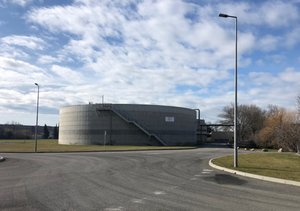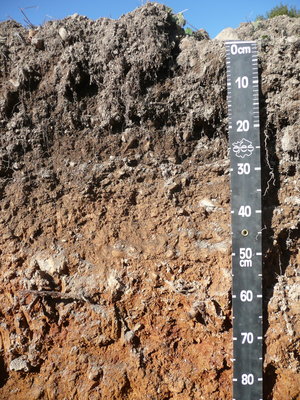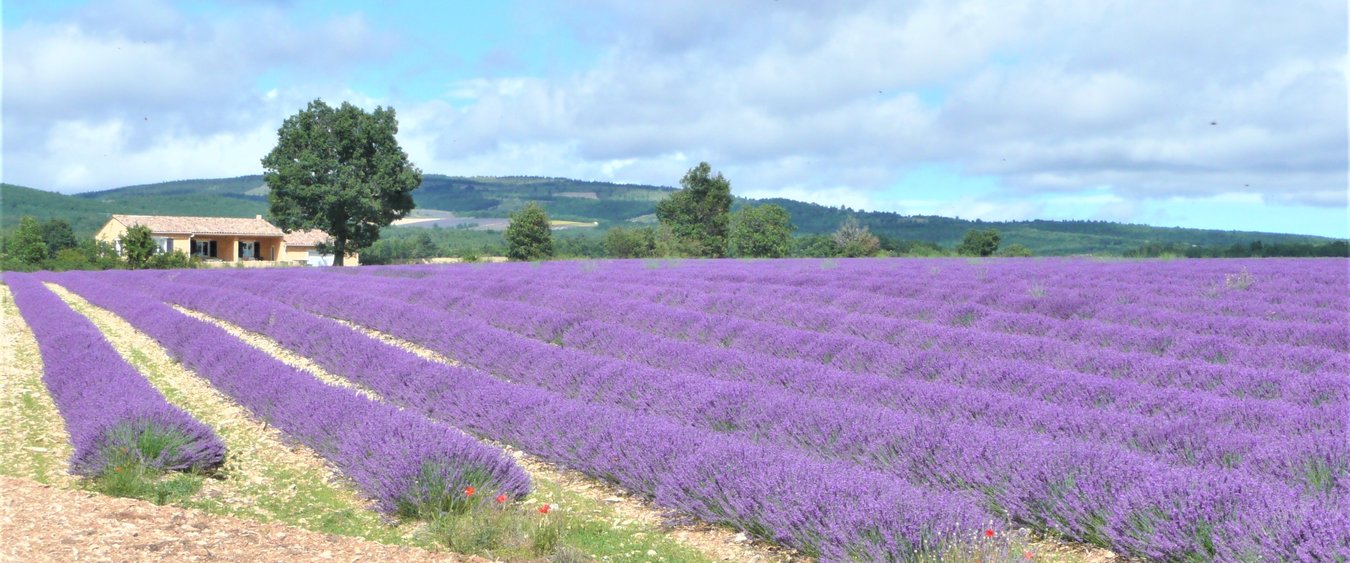When gelatin is extracted from bones, sludge is generated in so-called waste streams. However, these streams don’t need to be wasted; instead, they can be upcycled for sustainability. In this article, we will explore how the sludge from gelatin’s water treatment process has been used as an agricultural fertilizer in Isle sur la Sorgue, France, in an exemplary recycling operation, improving soil quality and livelihoods while creating jobs in the local community.
Sludge fertilizer and dynamic agriculture on the Albion plateau

Since 1982, in Vaucluse, France, the sludge produced by the water treatment of gelatin at Rousselot Isle sur la Sorgue has been used as an organic fertilizer on the Albion plateau in the North East of Albion city. While this region was already used for farming, it was difficult because of the high acidity of the soil, leading to low cereal production, as well as poor lavender crops due to broom, an invasive acidophilus plant affecting the plantations.
For the farmers, there was only one way forward: spreading highly-expensive magnesium line or letting the soil rest every other year. However, the technicians at the Chamber of Agriculture realized that the excess sludge from Rousselot’s gelatin water treatment could be beneficial for the soil of the plateau. After the first application, the initial tests were positive: the sludge had a neutralizing effect on the acidic soil, leading to a significant increase in crop yields.
Increased soil productivity alongside job creation
After these positive results, the project went ahead: three new jobs were created at the Cuma d'Albion, in charge of spreading and burying the sludge on the agricultural plots. Now, the productivity of the soil has improved considerably, making the agriculture of the Albion plateau one of the most dynamic in the Vaucluse region, with many young farmers joining the site to work.
Since the start of the project, more than 300 analyses of sludge, 120 soil pits, 1200 soil analyses, and 600 analyses of well and spring water have been carried out, confirming the safety and beneficial impact of the sludge on the soils of the plateau. Through this, we can see how one recycling project can reduce waste, promote job creation, and improve livelihoods in the communities in which we work.
Why sludge? It’s safe, sustainable, and nutrient-rich

Why is sludge so useful as a fertilizer? Thanks to its lime carbonate content (160 kg/ton), it can help to increase the soil’s pH level when used on the surface layer (0-30cm). Because of this, the sludge is an ideal alternative to expensive synthetic mineral fertilizers that emit greenhouse gases. However, its effect will depend on the composition of the soil and the specific nutrient requirements.
The sludge is also packed full of nutrients that are beneficial to soil, including:
- Phosporus and nitrogen: essential to stimulate plant growth
- Calcium: facilitates the work of the soil by making its structure stable with better air and water permeability, a greater penetration of the roots, and a neutralizing action of the clay-water complex.
- Magnesium: promotes root growth and increases yield. Magnesium is essential for the efficient transport of compounds resulting from photosynthesis to the growing parts.
- Potassium: normalizing the vital functions of the plant like the assimilation of chlorophyll, resistance to disease, cold, and drought, and the regulation of transpiration.
A successful recycling operation
Overall, the sludge from Rousselot has become a vital part of the agricultural process on the Albion plateau, reducing waste while enhancing yield and creating jobs for the farmers around the plant – an excellent example of the benefits of recycling.
